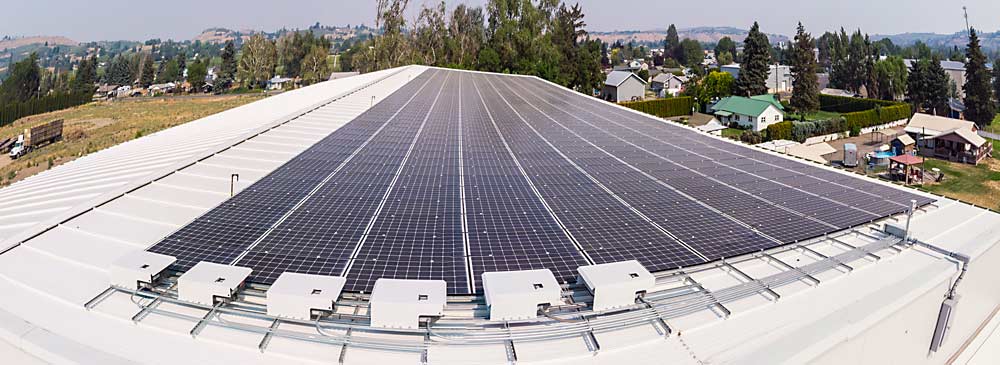
With so much square footage on their roofs and in their fields, and with all the electricity they use to power their irrigation pumps and cold storage units, fruit operations might make a good match for solar power.
According to Good Fruit Grower interviews, a mix of federal and state tax credits, grants and other incentives can blunt the up-front costs of installing solar arrays and help growers recoup their investments within a few years. And thanks to net metering laws in most states, the excess energy produced by solar arrays during slow periods on the farm goes into the utility grid, which credits the source for that extra power when the farm needs more energy than it can produce on-site.
Ryan Wales, owner of Ellensburg Solar, an installation company in Ellensburg, Washington, said U.S. Department of Agriculture Rural Energy for America Program (REAP) grants cover more than 25 percent of a solar system’s installation cost. A federal tax credit covers 26 percent of the cost, and the buyer can depreciate the entire solar array in the first year. In Washington state, most solar installations aren’t subject to sales tax.
Wales said Washington fruit and hop operations make up about half of Ellensburg Solar’s commercial installations. Those operations use a lot of power, and the big retailers and beer companies that buy from them want to see more sustainable practices. About three-quarters of his company’s installations are made on roofs, as opposed to ground-mounted panels. The advantage of roof installations is the existing structure. The disadvantage is that the roofs don’t always face the ideal direction (south) for collecting power from the sun.
In 2018, Ellensburg Solar installed 600 solar panels on a new storage and shipping building at Apple King in Yakima, Washington. Apple King built the 43,500-square-foot facility to expand its packing and storage capacity. The building’s south-facing roof made it ideal for a solar array, said Apple King operations manager Chris Saunders.
The solar incentives covered about 80 percent of the installation’s $365,000 cost. When the panels generate more power than the company is using, the extra power flows back to the utility grid. The resulting “huge offset” helps Apple King reduce its electricity bills during periods of heavy power usage, Saunders said.
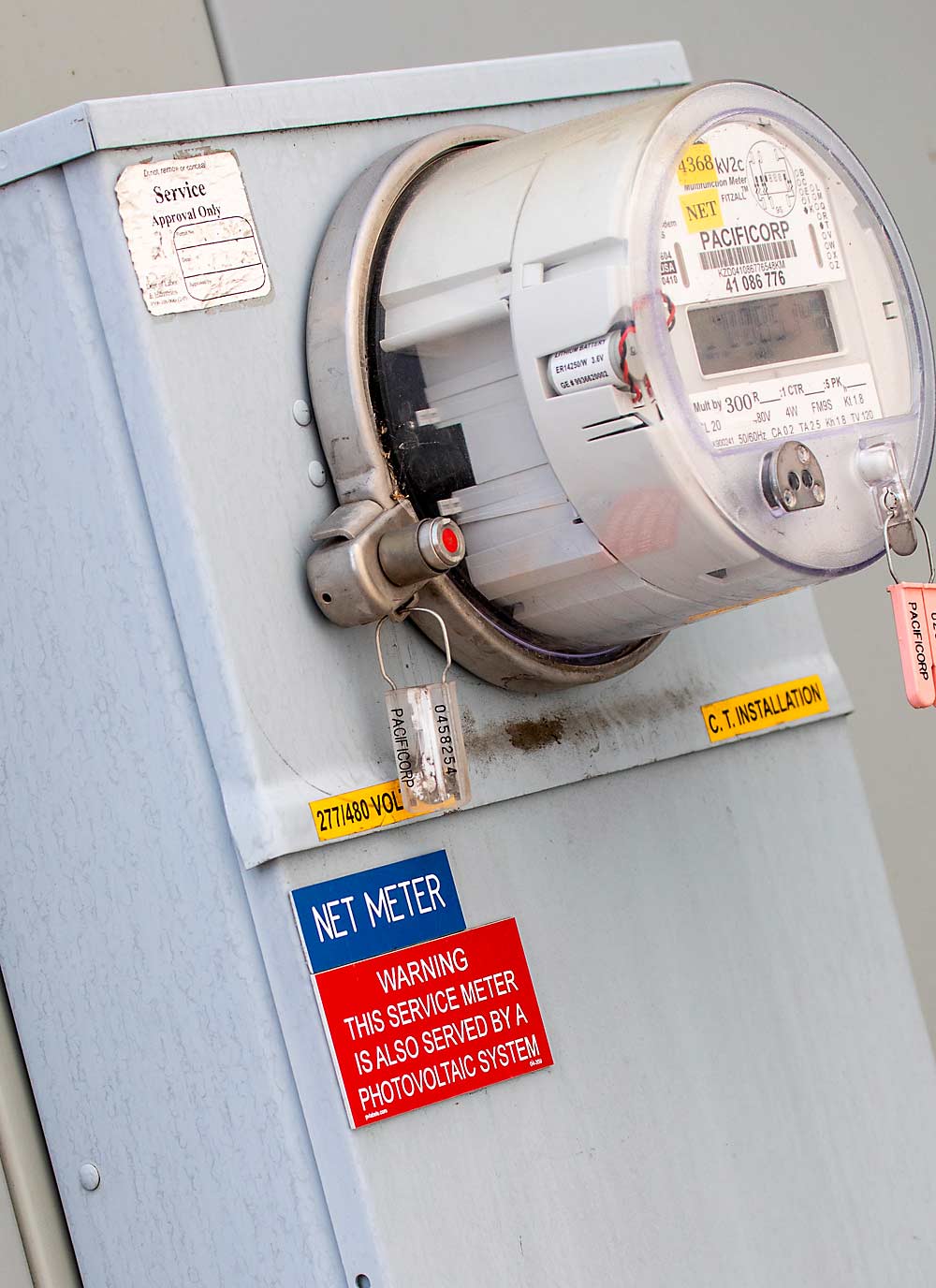
Chris Langer, owner of Spring Ranch in Naches, Washington, plans to have Ellensburg Solar install about 600 solar panels on his farm this year. It’s a significant investment for a smaller farm, but between the REAP grant, tax credits and energy savings, he expects to earn back his investment in about three years.
“That’s the bet that I’m making,” Langer said. “If it doesn’t work and I flush $350 grand down the drain, that’ll be a bad day.”
The solar panels will primarily be installed on existing barns. Spring Ranch has 30 acres of apples and pears, 200 acres of hay and 300 acres of pasture for cattle, all irrigated. Langer spends about $70,000 a year on power; he expects the solar system to cut that power bill in half.
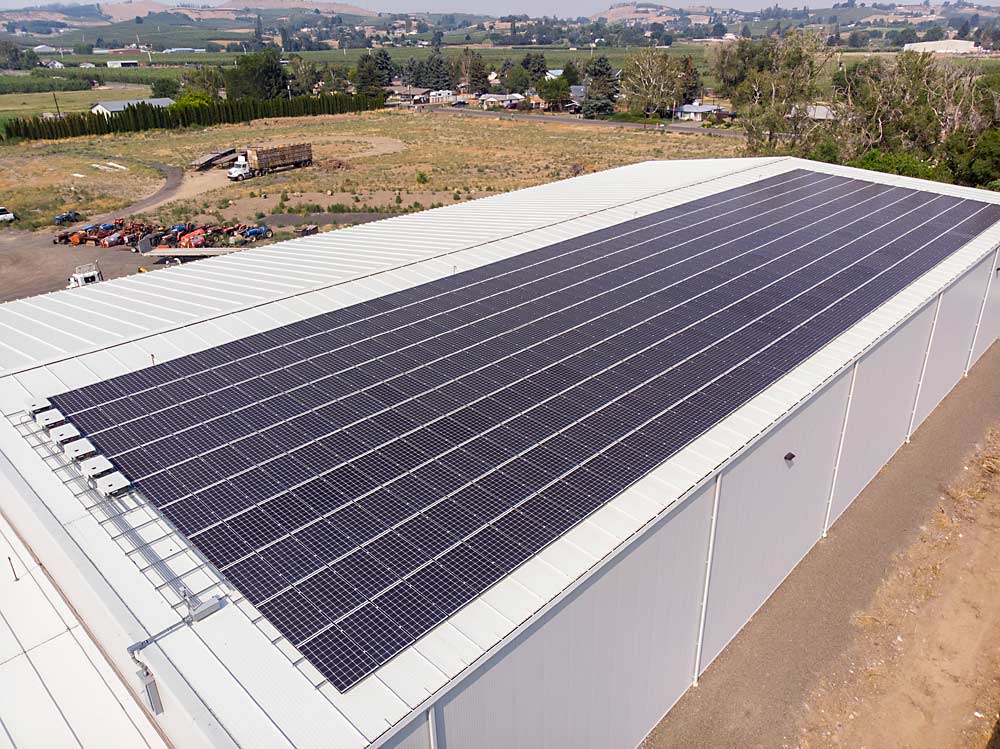
It’s not just sunny Eastern Washington where growers see the benefits of solar power, either. New York apple growers Chip and Karla Bailey have installed nearly a dozen renewable energy projects — solar, wind and geothermal — at their orchard in the past 11 years. Their solar panels lie on storage buildings and labor housing units. Chip said zoning laws don’t affect solar arrays, and they’re fairly easy to install and scale up over time.
—by Matt Milkovich
Solar shade?
Are there other advantages to installing ground-mounted solar panels, besides the power they generate? Can farms take advantage of the shade they provide?
Those were the questions Chad Higgins asked himself one day in 2015, when the Oregon State University engineering professor was taking a leisurely stroll near a campus sheep pasture that contained a solar array. He noticed the sheep only grazed under the solar panels, where the shaded grass was green and lush. Excited by the accidental discovery, Higgins came back with a graduate student and started taking measurements. They noticed the water-use efficiency of the irrigated grasses under the panels had increased threefold. They also noticed changes in the grasses’ chemical composition.
Those discoveries inspired other studies of the environments in and around ground-mounted solar installations, and they led to the creation of the OSU Sustainable Farm Agrivoltaic Project that studies the integration of farming practices and energy production on the same ground.
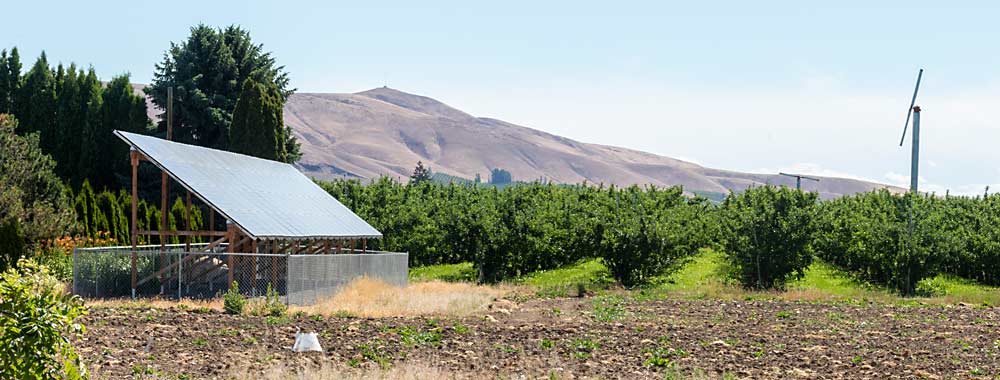
Of all possible land types, agricultural land is the most productive for solar panels, Higgins said. He’s observed that panels in fields generate more electricity than those on roofs. Rooftops get very hot, which can lower productivity.
Solar panels generally have a bigger impact on crops in drier areas. Shaded crops take longer to mature, but the slower growth rate uses water more efficiently. Water stays in the soil longer, which lengthens the growing season and leads to higher productivity. Crops such as beans, tomatoes and potatoes grow well under panels, and panel environments also boost pollinator numbers, Higgins said.
Things get a little more complicated for fruit crops. To hold the panels above orchard trees, taller steel posts would be needed — an expense that stops “penciling out” between 8 and 10 feet. That’s not tall enough to avoid tree canopies or over-the-row harvesters, he said.
“It’s an engineering challenge right now to figure out a configuration of panels that doesn’t take up too much sun and that doesn’t get in the way of a harvester,” Higgins said. “That hasn’t been solved for orchards.”
Small fruit might be a better candidate. Blueberry bushes aren’t as tall as orchard trees, so you could theoretically engineer an array that could guard berries from sunburn and heat stress while allowing space for mechanical harvest, though no one has tried it yet. Grapevines have similar challenges, he said.
Higgins said plans are in the works to build an agrivoltaics research facility at OSU’s research farm in Aurora, Oregon, for more focused solar studies. The facility will include small fruit trials.
—M. Milkovich

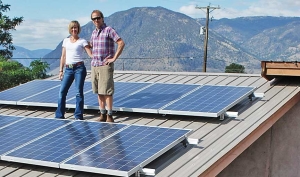
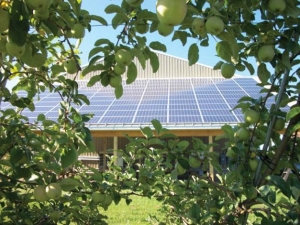





Leave A Comment